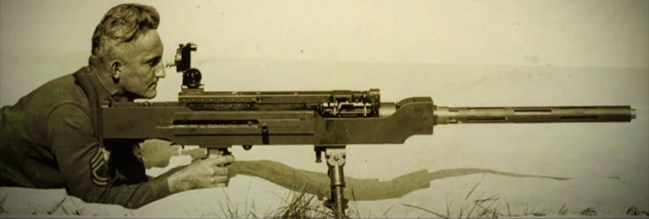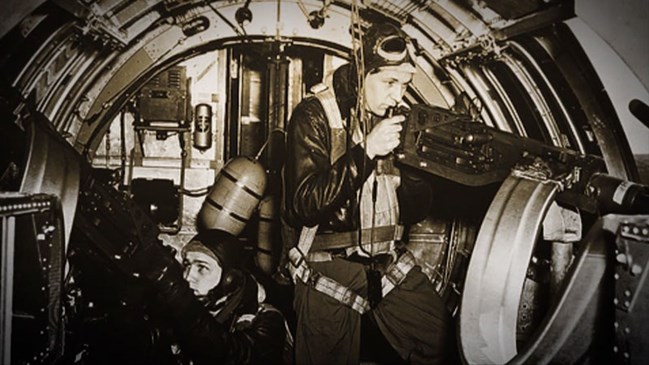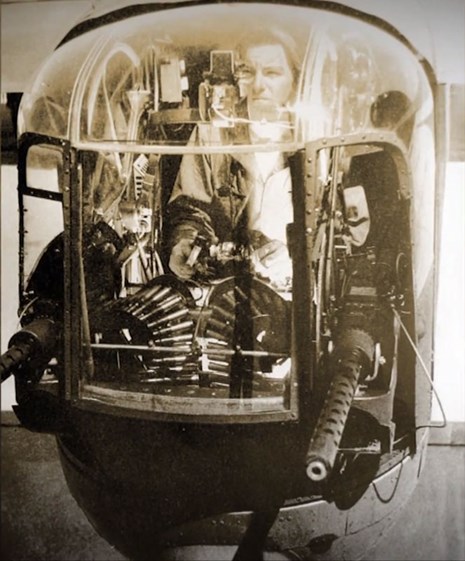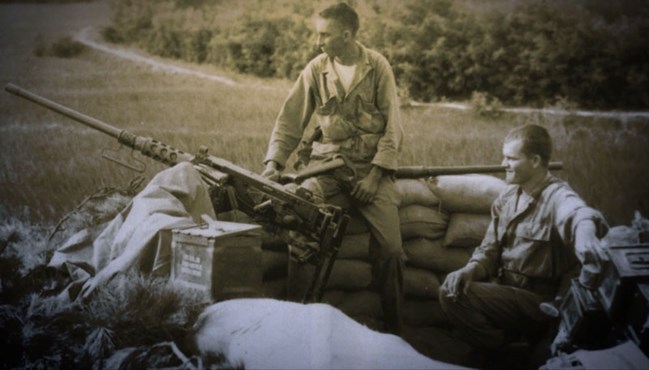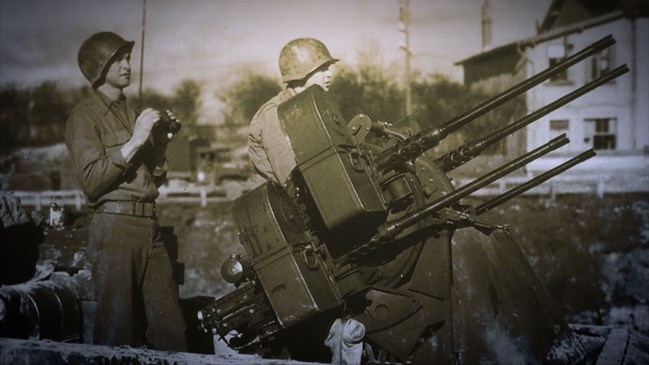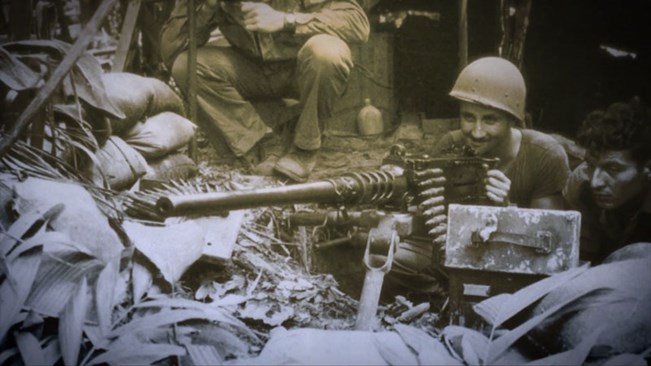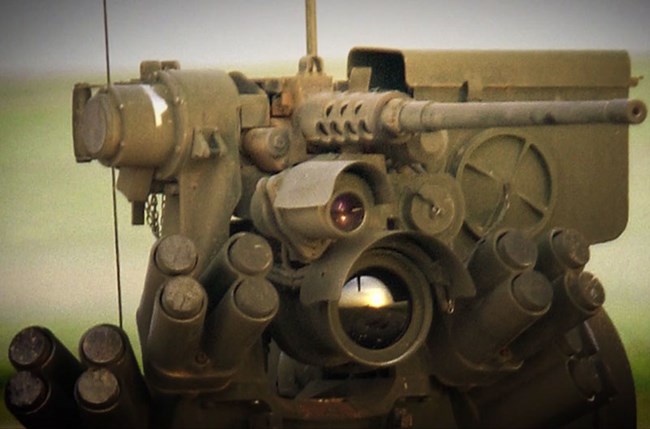The platoons would be able to use a variety of drones, and swap out components as needed for missions.
U.S. Army Pfc. Darren Campbell, infantryman assigned to the Alpha Company, 1st Battalion, 29th Infantry Regiment, 316th Cavalry Brigade, operates a ground robot during the human machine integration experiment for Project Convergence – Capstone 4 in Fort Irwin, Calif.,
March 11, 2024. U.S. ARMY / STAFF SGT. LASHIC PATTERSON
HUNTSVILLE, Alabama—The Army may introduce a drone and robotics platoon into its armored brigade combat teams, an Army leader announced Tuesday at the AUSA Global Force conference.
A proposal to stand up the new type of platoon has been sent to the Combined Arms Center at Fort Leavenworth, for eventual inclusion in an update to the service’s force design, said Brig. Gen. Geoffrey Norman, director of the Next Generation Combat Vehicle Cross Functional Team.
“Those force design updates are working their way through the system now,” he said. The platoons would be known as robotic and autonomous systems, or “RAS,” platoons.
Officials aren’t sure yet how many such platoons an armored brigade combat team should have, but they are experimenting now, Norman said.
If implemented Army-wide, the new platoons would lead to a dramatic increase in the use of robotic systems, and ground robots in particular. The Army has 11 armored brigade combat teams in the active force and five in the national guard, meaning that, at a minimum, the Army could field 16 RAS platoons if every brigade was assigned a platoon.
Fielding RAS platoons to other types of brigade combat teams, such as infantry or Stryker brigades, would expand that number even more.
The military has long experimented with ground robots, including quadruped robots more frequently referred to as robot dogs. However, the technology for ground robots has lagged behind drones, in part because of their difficulty sensing obstacles and communicating with controllers.

